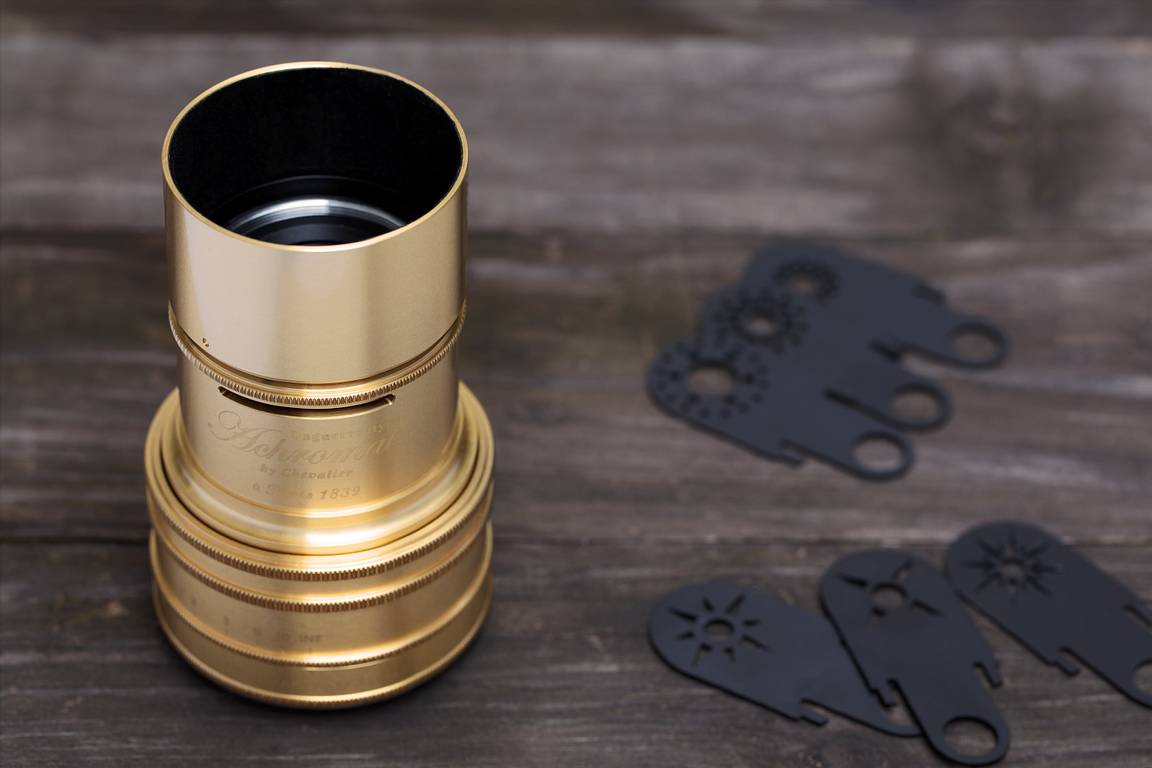Becoming an Impressionist Painter with the Lumiere and Aquarelle Aperture Plates
10 Share TweetThe secret to making photographs stand out above the rest is to make them different, to deviate from the safe path and risk with experiments. Such creative endeavors are worth the effort with the Daguerreotype Achromat Lens 2.9/64 Lens and its famed set of aperture plates, Lumiere and Aquarelle.

While these plates deliver fantastic effects in nighttime photography, they have other effects during daylight: they become paintbrushes. They turn natural-light photographs into paintings, adding dashes of light and mimicking wet-on-wet techniques of Impressionist paintings.
Glowing Foliage
The paintings of Claude Monet will always be remembered when the Impressionists are in the discussion—because of the way he approached florals and foliage, dabbing his paintbrush at a certain speed to create defocused yet glowing backgrounds. To achieve a similar effect, we recommend using the Lumiere Aperture plates (f/6.3 or f/4.8) against leafy or flowery backgrounds.
Smudged Canvas
To add a coarse, raised finishing to a painting, Impressionists painters smear brushes on canvas fabric. Emulate the same painterly, textured canvas effect with the Lumiere Aperture plate (f/6.3) or Aquarelle Aperture plate (f/6.7) if the desired frame has several visual elements present.
The Fan Brush
Impressionist painters were known for using semi-circular fan brushes to make marks on their canvases. The fan brush, when used with skill, can turn one stroke into an object. It's also used for special effects among wind-blown grasses, branchy trees, and crystallized water. Mimic the fan brush effect with the Lumiere Aperture plates (f/4.8 - f/6.3) or Aquarelle Aperture plate (f/6.7) — the key to making it look more graphic and painterly is to shoot with a minimal amount of light where the aperture plate is directed.
Pastel Crosshatching
Crosshatching is an artistic technique in which patterns out of parallel and intersecting lines coalesce simultaneously. With the help of the Aquarelle Aperture plate (f/6.3), the Daguerreotype Achromat lens transforms realist settings into intricate, sketch-like scenes.
Channel the inner Van Gogh in you with the Lumiere and Aquarelle aperture plates using the Daguerreotype Achromat 2.9/64 Art Lens available on the Online Shop and in our Gallery Stores.
2018-04-03 #gear #creative-photography #daguerreotype-achromat-2-9-64-art-lens

































未有留言